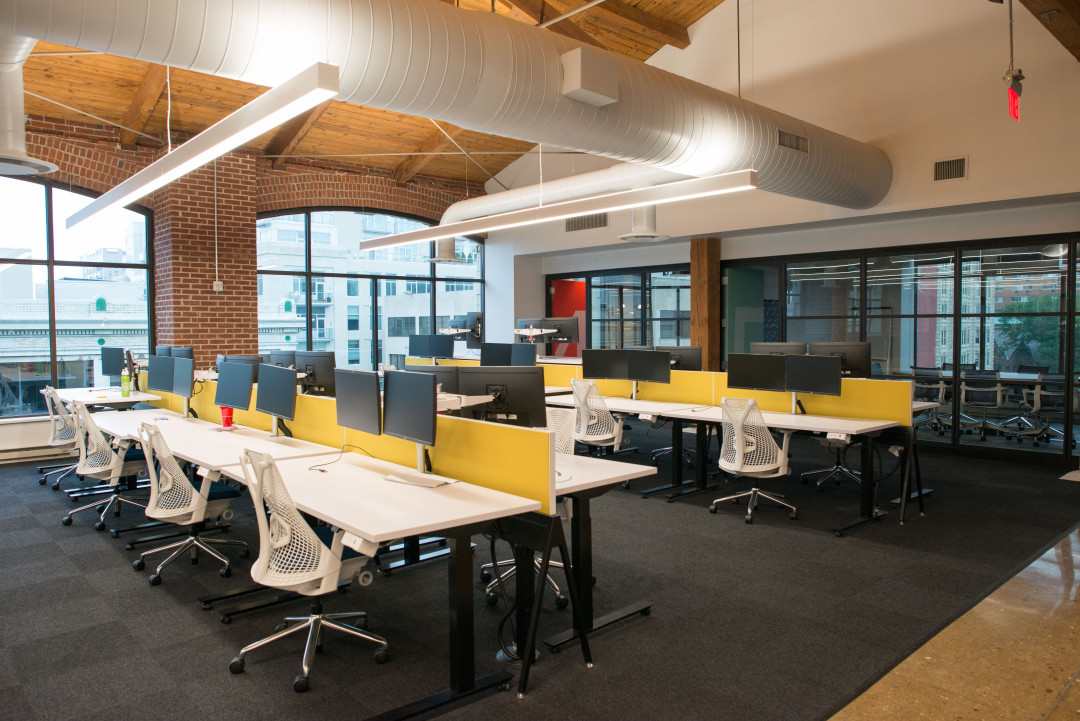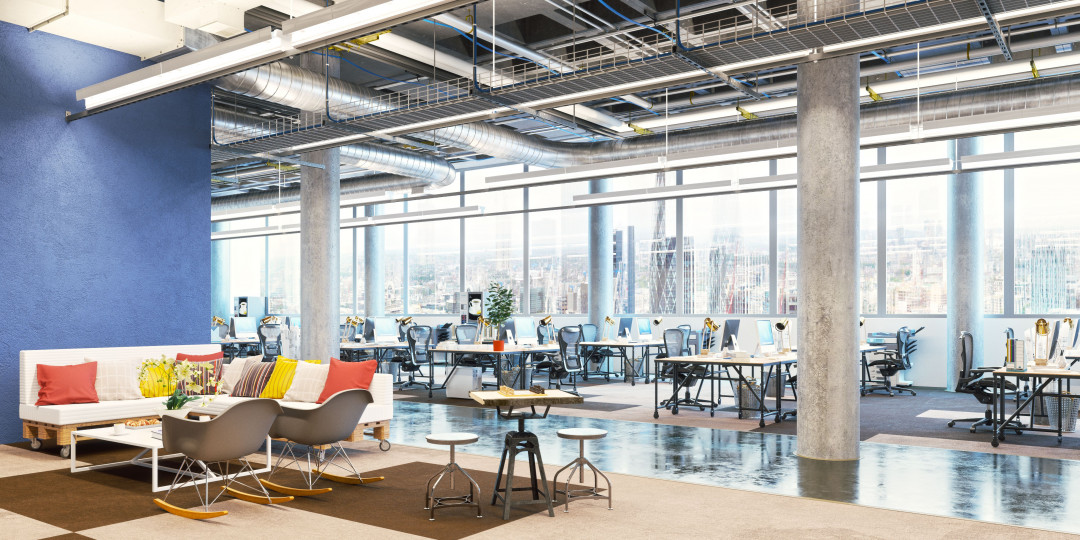Embracing Connection and Creativity: The Power of Open-Concept Office Design




The Evolution of Office Spaces
Gone are the days of isolated cubicles and rigid hierarchies dominating office environments. The open-concept office design marks a significant shift towards a more inclusive, dynamic, and flexible work setting. Inspired by the concept of breaking down physical barriers, this design philosophy emphasises transparency, collaboration, and the free flow of ideas.
Benefits of Open-Concept Office Design
Enhanced Collaboration: One of the most significant advantages of an open-concept office design is its ability to facilitate spontaneous collaboration. With fewer walls and partitions, employees find it easier to engage in impromptu discussions, share ideas, and brainstorm collectively, ultimately leading to innovative solutions and faster problem-solving.
Increased Communication: Communication barriers are broken down in an open-concept workspace, fostering direct interactions among team members and departments. This leads to better cross-functional communication, reduced silos, and a more cohesive organisational culture.
Flexibility and Adaptability: Open spaces are designed to be adaptable, allowing for easy rearrangement of furniture and spaces to accommodate changing needs. This adaptability is especially valuable for companies with evolving project requirements or rapidly growing teams.
Sense of Community: The absence of walls encourages a sense of community and camaraderie among employees. This can lead to stronger relationships, increased employee engagement, and a more positive work atmosphere.
Natural Light and Wellness: Open spaces often make better use of natural light, contributing to a healthier and more pleasant work environment. Exposure to natural light has been linked to increased employee well-being, productivity, and even creativity.

Challenges to Consider
While the open-concept office design has numerous benefits, it's important to recognise that it also comes with its own set of challenges:
Noise and Distractions: With increased interaction comes the potential for more noise and distractions. Striking a balance between collaboration and the need for focused work can be a challenge.
Privacy Concerns: The lack of physical barriers can raise concerns about privacy, especially for tasks that require concentration or confidential discussions.
Health and Ergonomics: Without proper planning, open spaces may lack adequate ergonomic support, potentially leading to discomfort and health issues among employees.
Individual Work Needs: Not all tasks are conducive to a bustling open environment. Some employees may require more secluded spaces to perform tasks that demand deep focus.
Creating a Harmonious Open-Concept Workspace
To make the most of an open-concept office design, consider these strategies:
Zoning: Divide the workspace into zones based on tasks and noise levels. Designate areas for collaborative work, individual tasks, and relaxation, ensuring that each zone is optimised for its intended purpose.
Quiet Spaces: Incorporate quiet zones or private pods for tasks requiring concentration, allowing employees to retreat when needed.
Ergonomics: Prioritise ergonomic furniture and equipment to support employee well-being. Comfortable seating, adjustable desks, and proper lighting are essential elements of a healthy workspace.
Acoustic Design: Implement sound-absorbing materials, such as carpets, wall panels, and ceiling treatments, to mitigate noise and create a more comfortable auditory environment.
Plants and Greenery: Integrate plants and greenery into the design to enhance air quality, add visual appeal, and create a calming atmosphere.
The open-concept office design represents a transformative shift in how we approach workplace dynamics. By promoting collaboration, communication, and creativity, this design philosophy holds the potential to foster a more vibrant and connected work environment. However, it's essential to approach the implementation thoughtfully, addressing challenges and tailoring the design to meet the specific needs of your organisation. When executed with care and consideration, the open-concept office design can pave the way for a future of innovation, productivity, and employee satisfaction.





 Indonesia
Indonesia
 New Zealand
New Zealand
 Philippines
Philippines
 Hongkong
Hongkong
 Singapore
Singapore
 Malaysia
Malaysia







